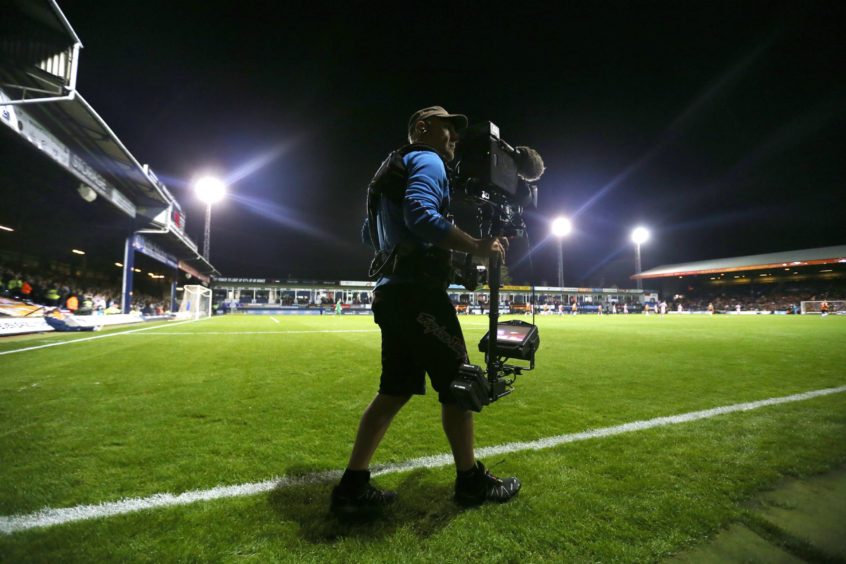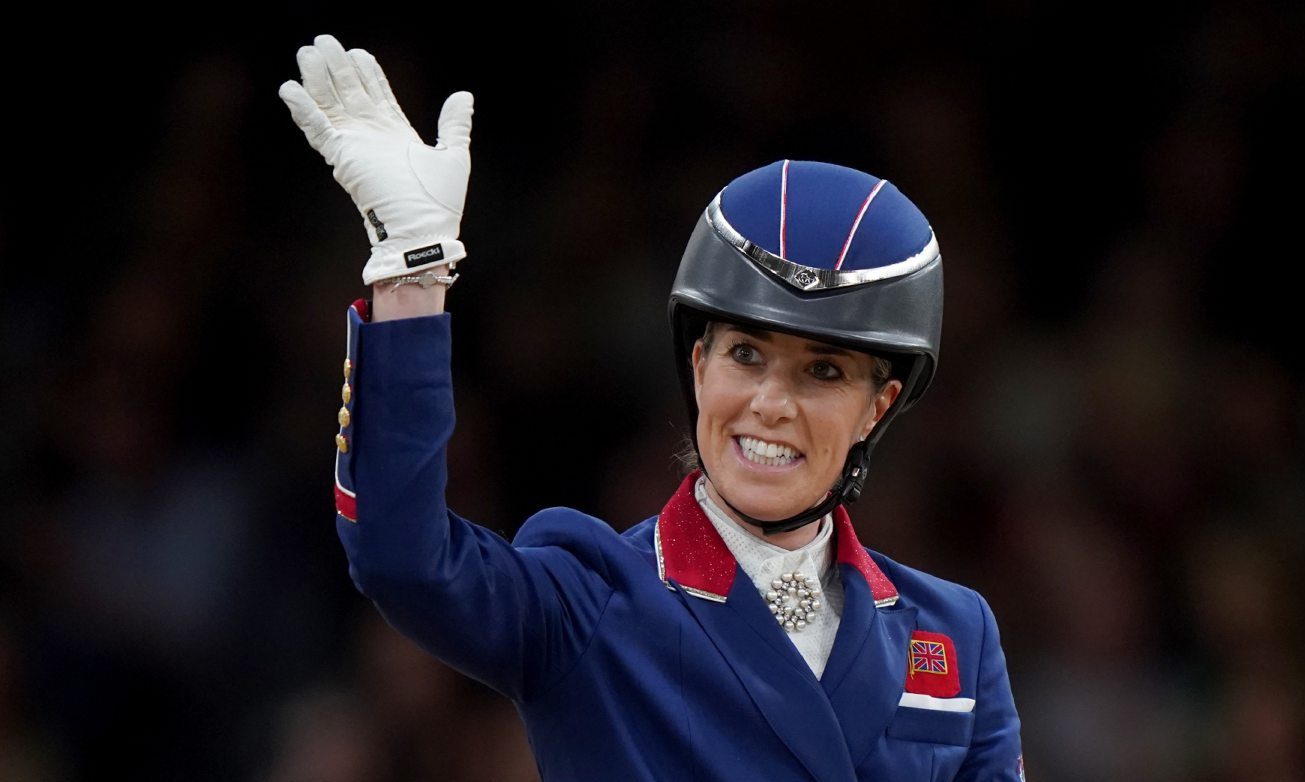How much are Scottish football players worth?
It’s an argument that rages every time an English club expresses an interest in one.
Accusations that our clubs sell too cheaply and that outfits from the south offer insulting fees are commonly levelled, but the truth is more complex.
For starters you can only sell if you have a buyer – and if that buyer is prepared to meet your asking price.
If your asking price doesn’t attract a buyer then you know you’ve miscalculated and that you’ve over valued your asset.
There’s no point in griping about how other countries have better TV deals bringing in much more income; that’s how the market works – and it’s the reason that wages paid here are a fair bit lower than in some other smaller football countries.
If we’ve undersold our broadcast rights by comparison to similar size nations, then that’s either the fault of our clubs and the folk they’ve put in charge to run our game, or a signal that our product isn’t entertaining enough to sell for a higher price.
Some clubs are more savvy and adept than others at playing potential buyers off against each other, and are smarter at using the media to conduct a bidding war to squeeze extra income from a player sale.
We live in an unequal market place though.
St Johnstone double cup hero Shaun Rooney has been linked with a move to Rotherham, who have fifteen players on over £2k a week and one on £8k a week.
That’s away above anything St Johnstone can pay.
As such, there’s little wonder that players like Rooney cast their eyes enviously south of the border.
Rooney’s stock is at an all time high and both he and Saints are likely to want to cash in on it.
However, the player is in a stronger position than the club in a situation like this.
With a year left on his deal he’ll know that they risk losing all his value if he sits it out, so that strengthens his hand and that of a buying club while lessening Saints’ bargaining chips.
It’s a scene played out over and over again.
Not long ago the question on the lips of Dundee United fans was whether Lawrence Shankland would go for over £1million?
Now they wonder if there will be any bids at all after a season where his scoring streak reduced dramatically through a combination of injury and the way previous manager Micky Mellon played him too deep.
Both clubs and players have to strike while the iron is hot to get best value – but that’s a calculation with very fine margins.
It makes a manager’s job very difficult.
It doesn’t take long for even the most loyal of players to conclude that they want to move for life-changing money and then become very unhappy if they’re denied that move.
English clubs as well as players’ agents know this and utilise it to their advantage.
There is no easy answer to the problem other than try to build hefty sell-on percentages into any future transfer of a player and hope that his career goes from strength-to-strength for a big future fee.
Clubs can and do pay a few top stars big money on longer-term deals in the hope that they will be the subject of a mega money offer from cash rich English clubs.
That, though, is a risky strategy and only takes a player to lose form or his golden touch to become a drain on resources, as well as unsettling team mates when the big wage differential appears to be unmerited.
Selling a player is a bit, but not entirely, like selling your house.
You may think you’ve got the swankiest gaff in the street and many tyre kickers may come to view, but they may also conclude that your curtains and decoration tastes are naff.
Players under the hammer
In which case the price you expect and the offers you receive may be worlds apart.
In football, what you think a player is worth is often a collision between fantasy and reality.
At the moment the housing market is buoyant with prices going well over asking price.
Scottish football transfer values though are not the equivalent of Homes under the Hammer, as we’ll no doubt discover in the coming weeks when a few of our better performing players head south for what we will undoubtedly regard as knockdown prices.






